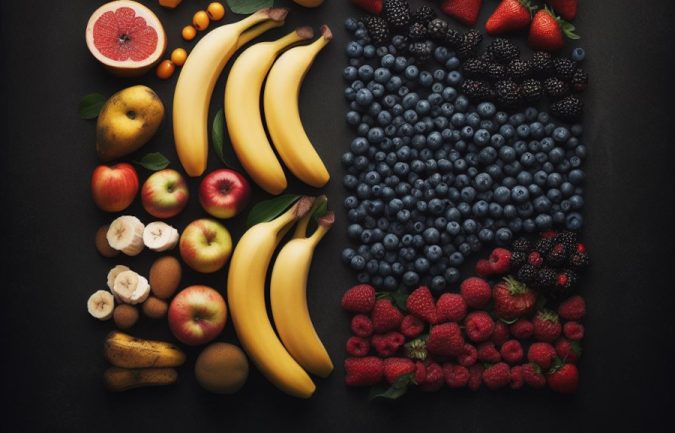Dr. Sebi spoke about the importance of consuming natural plant species (wild species) of herbs, fruits, vegetables, seeds and grains; and avoiding hybrids and genetically modified organisms (GMO) as much as possible. For us to be able to do this, it is important to have a basic understanding of what these things mean, hence we will look very briefly at these terms.
Wild species and domesticated species represent two distinct categories of living organisms that have been influenced by human activities, primarily through selective breeding and management. Here are the key differences between them:
Wild Species:
- Origin: Wild species are those that exist naturally in their native habitats and have not been significantly altered or controlled by human intervention. They have evolved in their natural environments over time.
- Habitat: Wild species live in their natural habitats, such as forests, grasslands, oceans, and deserts, where they have adapted to their surroundings and ecosystems.
- Behavior: Wild species exhibit natural behaviors, including hunting, foraging, mating, and raising their young, as dictated by their natural instincts and ecological roles.
- Genetic Diversity: Wild species typically have a high degree of genetic diversity, allowing them to adapt to changing environmental conditions and challenges.
- Reproduction: Wild species reproduce naturally through mechanisms like natural selection, genetic variation, and evolutionary processes.
- Examples: Examples of wild species include wolves, tigers, and oak trees.
Domesticated Species:
- Origin: Domesticated species are the result of human intervention through selective breeding and cultivation. They have been modified from their wild ancestors to serve specific human purposes.
- Habitat: Domesticated species are kept and managed by humans in controlled environments such as farms, homes, or other artificial settings.
- Behavior: Domesticated species often exhibit behaviors and characteristics that have been selectively bred or altered for human needs, such as increased docility or productivity.
- Genetic Diversity: Domesticated species may have reduced genetic diversity due to controlled breeding programs, which can make them more susceptible to diseases and environmental changes.
- Reproduction: Domesticated species reproduce under human supervision and management, and their breeding is often controlled to maintain specific traits.
- Examples: Examples of domesticated species include dogs, cows, wheat, and cotton.
The primary purpose of domesticating species is to meet human needs for food, clothing, transportation, companionship, and more. This process involves selecting species with desired traits and breeding them to perpetuate those traits. Over generations, domesticated species can become quite distinct from their wild ancestors. Domestication has also raised ethical and ecological questions, as it can sometimes lead to reduced genetic diversity and health concerns within domesticated populations.
Hybrid species
Hybrid species are different from both wild and domesticated species in that they result from the crossing of two different species or subspecies, typically with the goal of combining desirable traits from each parent. Here are the key differences between hybrid species, wild species, and domesticated species:
Hybrid Species:
- Origin: Hybrid species are the result of controlled crossbreeding between two distinct species or subspecies. Humans intentionally cross two different organisms to create offspring with desired traits.
- Habitat: Hybrid species can exist in a range of environments, depending on the traits inherited from their parent species. Some hybrids are used in agriculture, while others may be found in the wild or in captive settings.
- Behavior: Hybrid species may exhibit a combination of behaviors from their parent species, with some variation depending on the specific genetic contributions of each parent.
- Genetic Diversity: Hybrids typically have intermediate genetic diversity between the parent species. The combination of genes from different species can lead to new traits, but it may also result in reduced fitness in some cases.
- Reproduction: Hybrids often have variable fertility, and their ability to reproduce can depend on the specific species involved and the degree of genetic incompatibility between the parents.
- Examples: Hybrid species can include mules (the offspring of a male donkey and a female horse), hybrid crops (crosses between different varieties of a plant species), and hybrid animals or plants bred for specific purposes.
Wild Species:
- As previously discussed, wild species exist in their native habitats, have not been significantly altered by human intervention, and reproduce naturally through evolutionary processes.
Domesticated Species:
- Domesticated species are the result of controlled breeding of wild species for specific human purposes and are managed by humans in controlled environments.
In summary, hybrid species are the product of deliberate crossbreeding between two different species or subspecies, with the goal of combining desirable traits. They exhibit a mix of characteristics from their parent species and can be found in various settings, depending on the intended purpose of the hybridization. Wild species exist naturally in their native habitats, while domesticated species have been altered and managed by humans for specific purposes.








